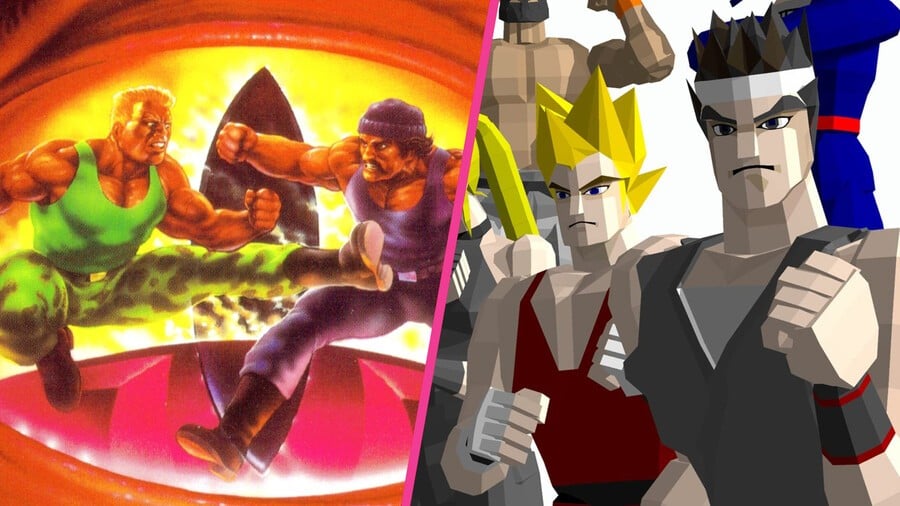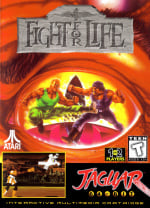
When Sega released Virtua Fighter in the early '90s, it represented one of the single biggest leaps the competitive fighting genre had since in years; without Yu Suzuki's 3D masterpiece, things would have been very different indeed.
Unsurprisingly, other companies quickly released their own 3D fighters in the wake of Sega's arcade game going viral, and Atari was no exception. Development on what would become Fight For Life began in 1994 for the 64-bit Jaguar console, with former Sega AM2 member Francois Yves Bertrand handling the direction, design, and programming.
Bertrand worked on Virtua Fighter's camera and collision systems and contributed to titles like Daytona USA, Virtua Fighter 2, and Virtua Cop before relocating to the US. His prior experience was pushed at the time as an indicator of the upcoming game's quality, but Fight for Life endured a troubled development process and was released to almost unanimously negative reviews. GameFan famously called it "a terrible system's terrible last hurrah".
As recounted by Kenji Aoyagi in this blog post from 1997 (as spotted by GDRI), it seems that Sega was mulling legal action against Atari due to the close similarity between Fight for Life and Virtua Fighter. Aoyagi had attended a programming lecture at which AM2 and Virtua Fighter developer Tetsuya Kaku was present.
According to Aoyagi, a party was held after the event, and Kaku revealed Sega's stance at the time:
The story about VF was particularly funny. VF1 was completed for the time being, and there was a French person among the staff. However, that person went to Atari after the game was completed. The VF production staff was surprised when they saw photos of the new Atari Jaguar software. That's because there was a game that was almost a copy of VF. The culprit was definitely that French person. The staff immediately started to gather materials for a lawsuit, as if to say, "We can sue at any time!", and reached the stage of saying, "Now, we can sue at any time!", but the poor movements of the characters in the game, which could not be seen in the photos, made them think, "It would be embarrassing for us to sue them, " and gave up on the lawsuit. I don't know how true that is, but my friend said, "Atari is protected by the Washington Convention, so it can't be helped."
It's worth noting that, around this time, Sega and Atari had entered an agreement to share IP as a result of the latter's efforts to defend patents it had secured during Nolan Bushnell's tenure.
Speaking to Arcade Attack in 2019, Bertrand explained why Fight for Life turned out the way it did:
When the company starting to lay off people, while trying to find a suitor, the game was not finished. It was not far off but would have needed a few more months to be even better. I was able to negotiate a couple of months (after being laid off myself) to finalize what was finazable. I could have used five, but that’s all I could get. We would have needed that extra time to QA the game a little better, and polish a lot of the things that were still a bit too bare. But at that time, it was either that, or not having the game. Some things got cut, just because of lack of time or resources.
Bertrand now works at Apple in the US.







